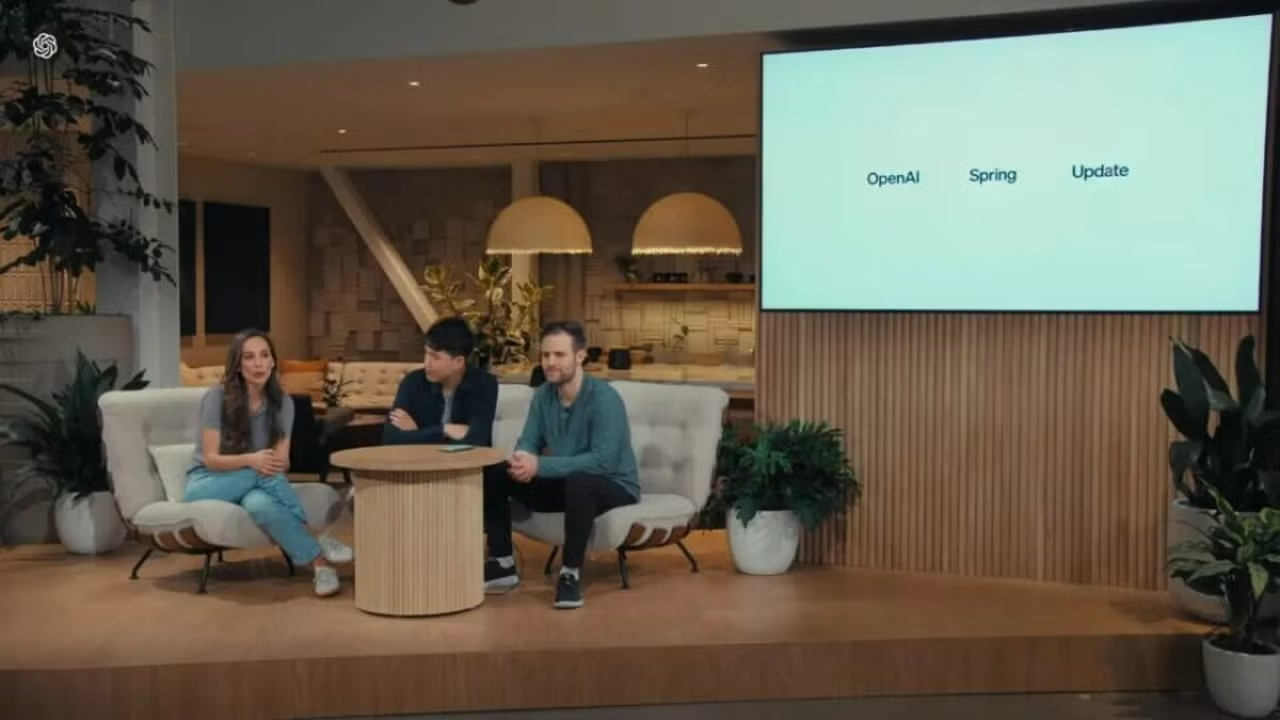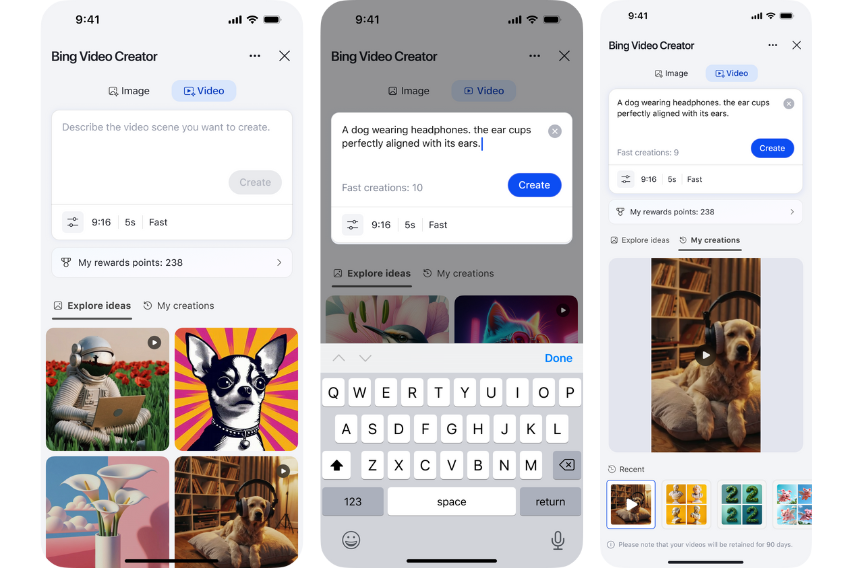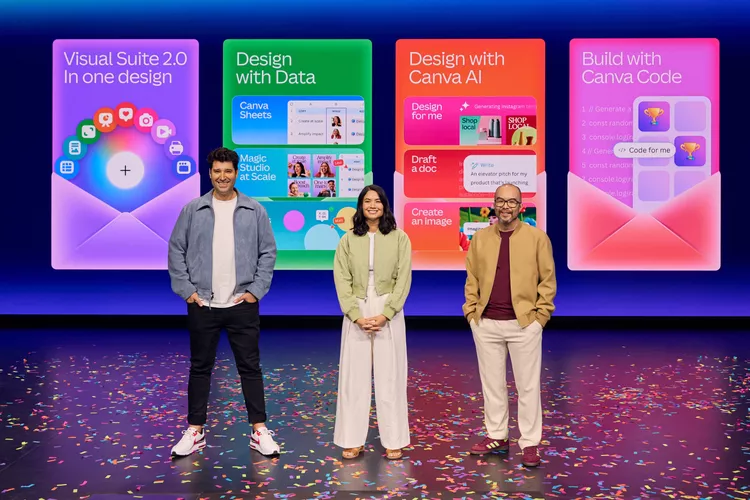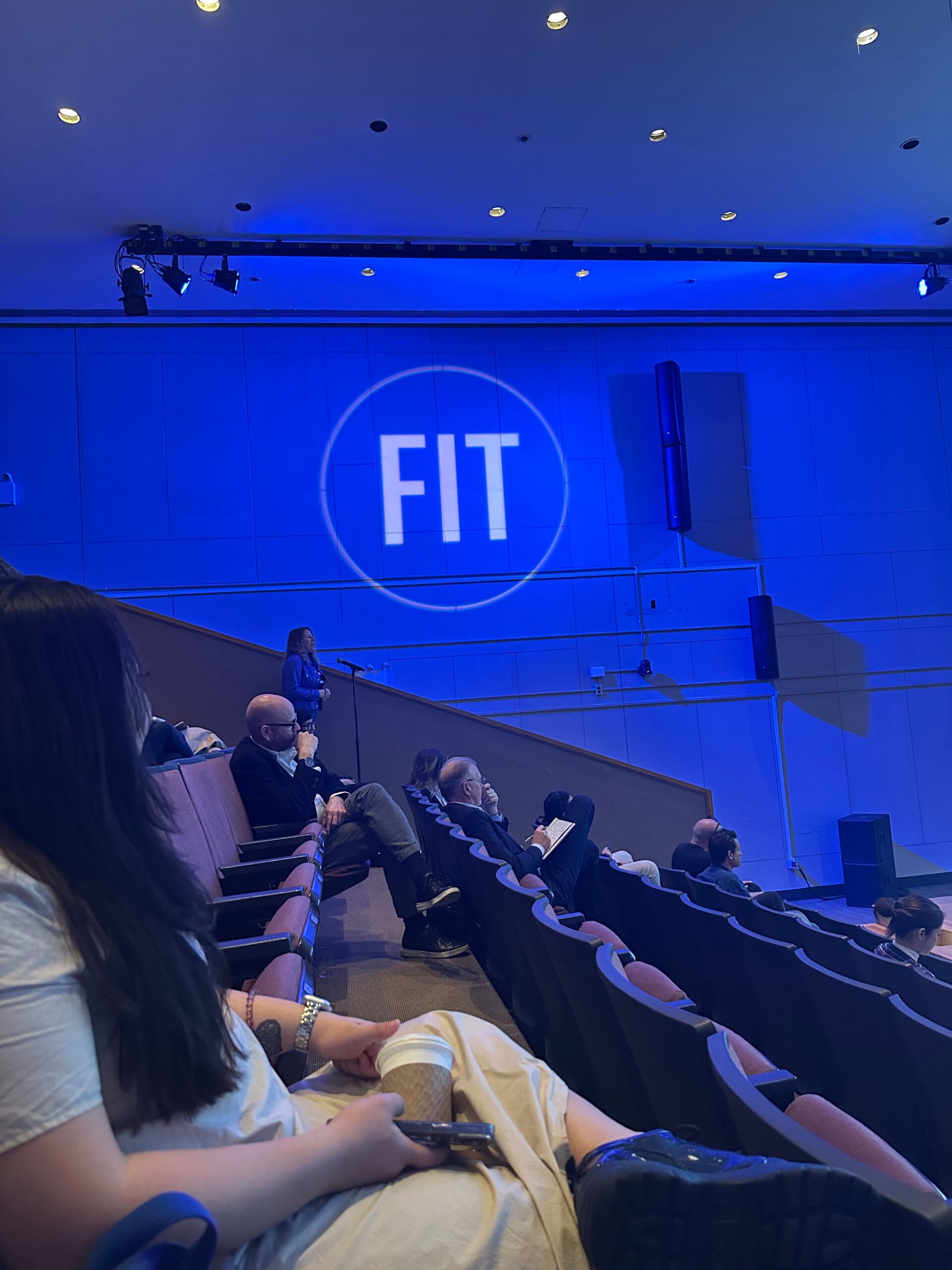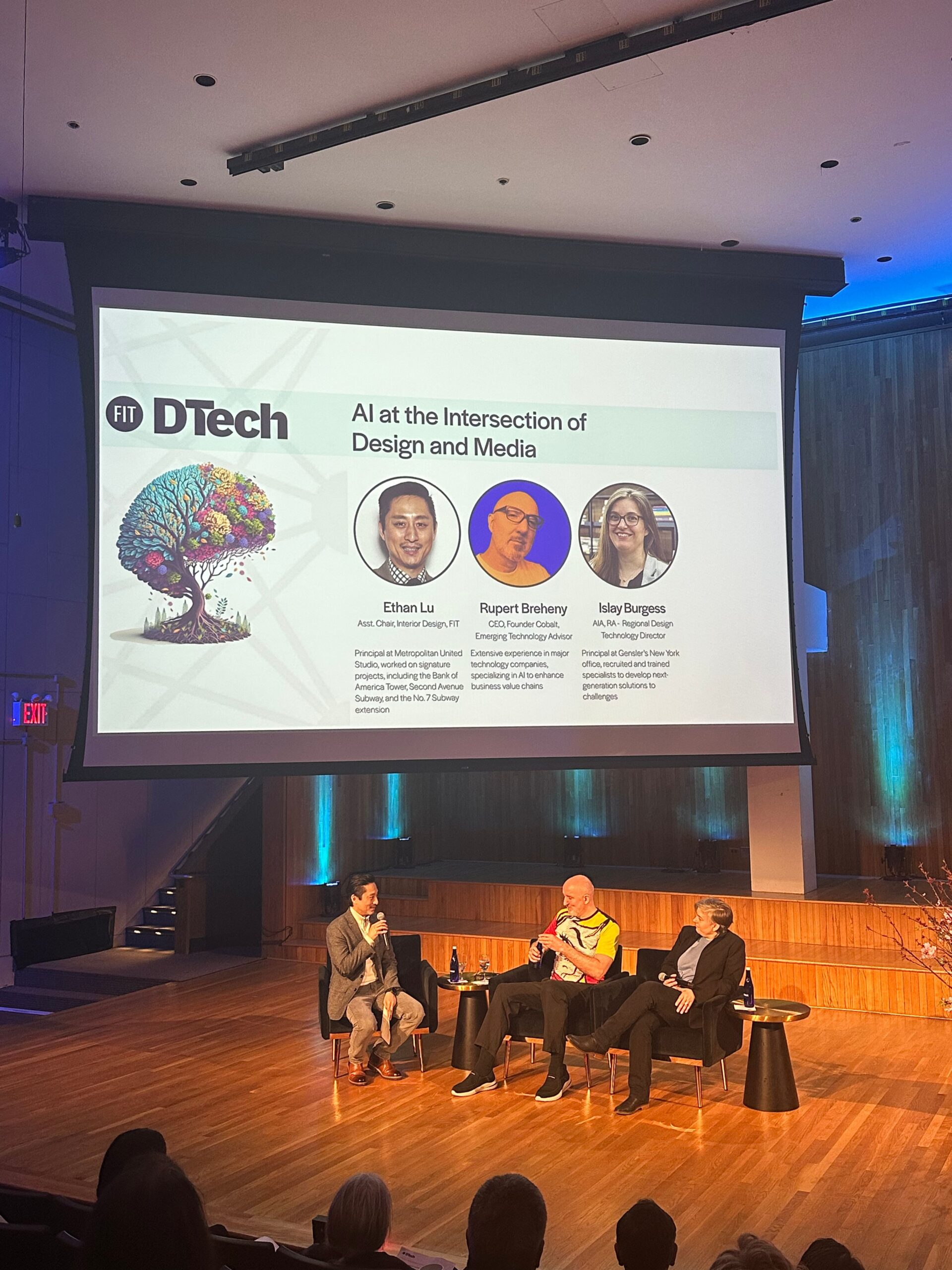In a move that could reshape the AI battlefield, OpenAI has launched o3-mini, a lightning-fast reasoning model that solves PhD-level problems in the time it takes to brew your morning coffee. The timing couldn’t be more critical – as Chinese AI startup DeepSeek’s open-source R1 model has been stealing the spotlight and raising eyebrows in Washington.
The David vs. Goliath Story Takes a Turn
Just weeks after DeepSeek dethroned ChatGPT from the App Store’s top spot and sent tech stocks on a rollercoaster ride, OpenAI is flexing its muscles with a model that can think more deeply while moving faster. The o3-mini delivers answers 24% quicker than its predecessor, clocking in at 7.7 seconds – a sprint compared to the previous 10.16-second marathon.
“Today’s launch marks an important step toward broadening accessibility to advanced AI,” an OpenAI spokesperson told reporters, in what many see as a direct response to DeepSeek’s meteoric rise.
A Tale of Two Strategies
The contrast couldn’t be starker. While DeepSeek embraces open-source freedom, allowing anyone to download and modify their code, OpenAI is betting on a controlled, safety-first approach. It’s a classic Silicon Valley showdown: the disruptive upstart versus the established pioneer.
The numbers tell an intriguing story:
- OpenAI’s o3-mini: $1.10/$4.40 per million tokens
- DeepSeek’s R1: $0.14/$0.55 per million tokens
- Context window: o3-mini leads with 200,000 tokens vs. R1’s 128,000
Breaking Down the Walls
In perhaps its most significant move, OpenAI is making a reasoning model available to free users for the first time – a direct response to DeepSeek’s free app strategy. ChatGPT’s free tier users can now access o3-mini through a simple “Reason” button, while Plus and Team subscribers see their daily message limits triple to 150.
The Battle for Intelligence
O3-mini isn’t just about speed. The model shows impressive intellectual muscle:
- 83.6% accuracy on elite math competitions (AIME 2024)
- 77.0% accuracy on PhD-level science questions
- 2073 Elo rating in competitive programming
But DeepSeek isn’t far behind, and in some cases, pulls ahead. The competition has forced both companies to innovate at breakneck speed.
Safety vs. Freedom
OpenAI’s trump card might be its approach to safety. Using a technique called “deliberative alignment,” o3-mini has shown superior resistance to jailbreaks and misuse. This comes as recent reports showed DeepSeek’s R1 failing every single one of 50 safety tests – a critical concern for enterprise customers.
The Bigger Picture
This isn’t just about two companies battling for AI supremacy. As OpenAI pursues its ambitious $500 billion Stargate data center project and DeepSeek captures imaginations with its open-source approach, the industry faces fundamental questions about the future of AI development.
Even tech giants are taking sides. Microsoft has rushed to add DeepSeek variants to its cloud marketplace, while simultaneously maintaining its massive investment in OpenAI. Amazon, too, is playing both sides, backing both horses in what’s becoming an increasingly complex race.
What’s Next?
As the dust settles on today’s launch, the AI world watches closely. Can OpenAI’s premium, safety-first approach maintain its lead against DeepSeek’s accessible, open-source strategy? With Google’s Gemini 2.0 Flash Thinking boasting a massive 1 million token context window, and other players entering the field, the AI race is far from over.
One thing’s certain: in this high-stakes game of artificial intelligence, users are emerging as the real winners, with more powerful, accessible, and affordable options than ever before.
